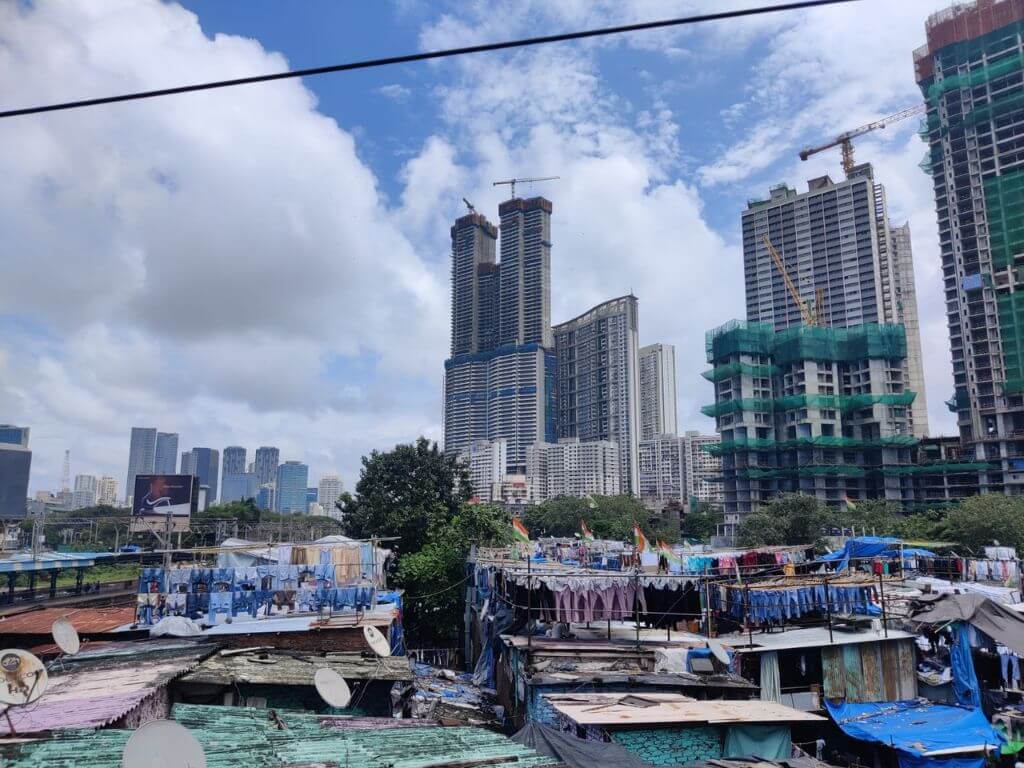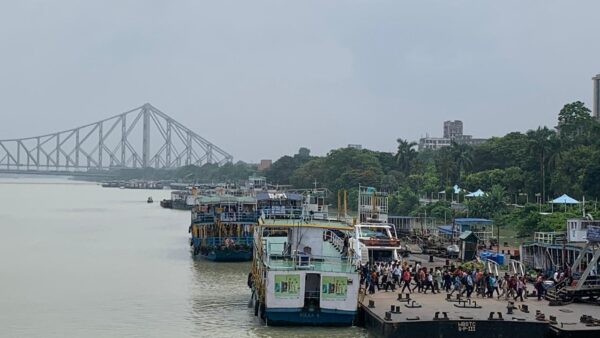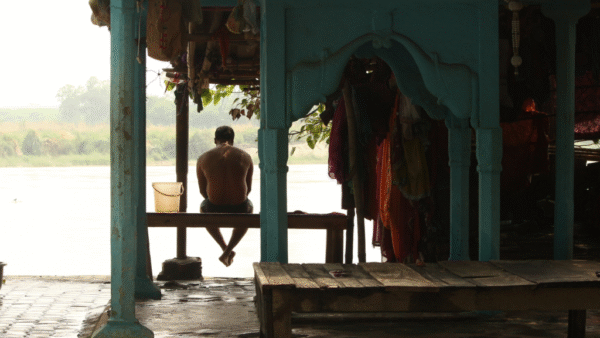Jane Jacobs invokes a sense of nostalgia in me. She sought to save her neighbourhood and much of Lower Manhattan from being divided by a multi-lane expressway, offered a vision of her city New York that was starkly different from that of established planners, and joined forces with people to push back on the big project plans. Jacobs was, above all, an inspiring and critical activist who stood against the government plans and policies when she found that they were not relevant to or not in favour of the city and its people.
Taking on established planners, she wrote in her epochal book The Death and Life of Great American Cities, “From beginning to end, from Howard (and the Garden City movement) and Burnham (principally his City Beautiful movement) to the latest amendment on urban-renewal law, the entire concoction is irrelevant to the workings of cities. Unstudied, unrespected, cities have served as sacrificial victims.” It is a view that trained planners and architects the world over have not engaged with or dismissed.
In India too, Jane Jacobs is little known. Mainstream planners rarely discuss her or her ideas. In fact, a senior and respected planner once commented to me that Jacobs was “an unqualified planner” alluding to the fact that she did not have a degree in the discipline. Similarly, though not surprisingly, governments and policy makers have resisted her ideas because she put people above all else, especially centralised and authoritarian decision making. This speaks more of Indian planners and governments than of Jane Jacobs.
Jacobs may not have had an architecture degree but her education came from the streets and the many battles she fought for her city. The dedication in her book shows this: “To New York City, where I came to seek my fortune and found it by finding Bob, Jimmy, Ned and Mary for whom this book is written too.” She looked at the city not just as a place for making a fortune but to meet people, to be with people, and build a community. That was where she drew her power and inspiration from.
Jacobs’ protests against Robert Moses, the powerful mainstream and paternalist planner who championed high-cost megastructures for American cities, is legendary. His proposed expressway cut through her neighbourhood, Greenwich Village, and would destroy the intricately evolved social and spatial relationships there and in other historical districts. The sweeping demolitions, displacement and loss of identity would have had devastating consequences. She took him on.
Dismissed by Moses as a ‘housewife’ she mobilised local support and organised communities – which Moses called “a bunch of mothers” – to vehemently oppose his plan. People’s movement put brakes on it. From there, she walked miles ahead, forming and advocating critical ideas of city planning and development. She was a professional journalist in Architectural Forum, a well-known journal, writing significant papers on planning and economy of cities. Her landmark book The Death and Life of Great American Cities is, of course, revered by planners, architects, urban activists, scholars and researchers of several disciplines.
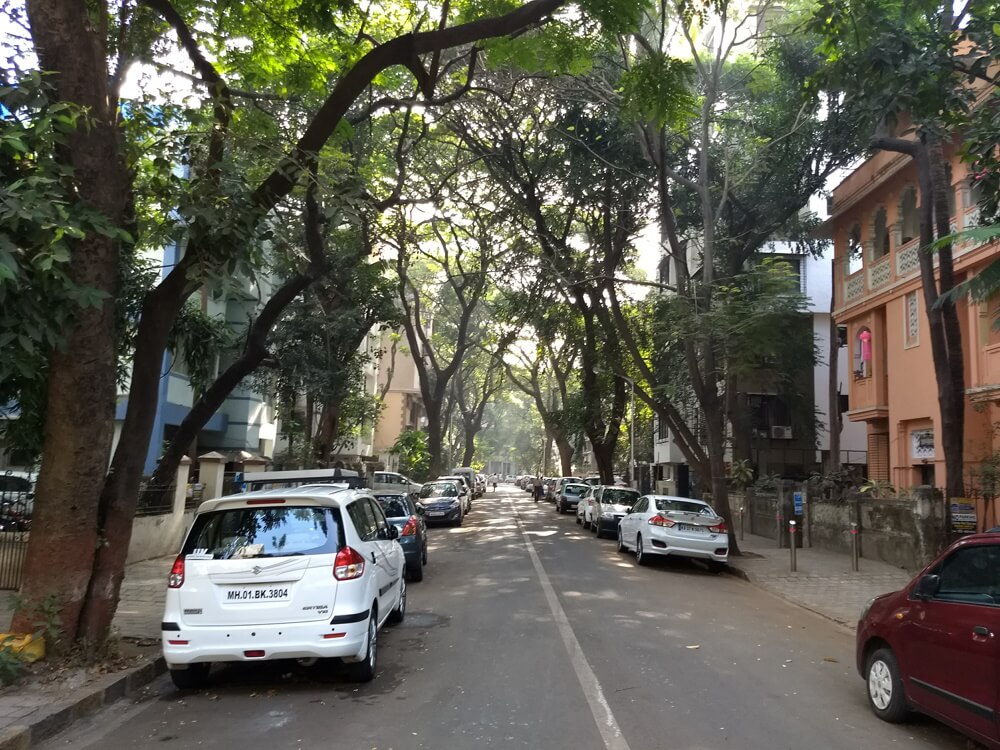
Photo: Wikimedia Commons
Focus on the common
Jane Jacobs not only opposed the government and planners of her time but also set forth alternative principles of city development. It seems extraordinary in hindsight but it was her simple focus on addressing the common aspects of life which gave her work the direction she is so admired for. She dealt with the simple everyday-ness of people’s life in the city. For instance, which city streets are paved and which are not, why some city parks are marvellous and others not, and so on.
In many ways, this echoes our experiences across Indian cities in the context of what mainstream planners and governments constantly enforce upon us. There are many examples. In Mumbai, for instance, the Slum Redevelopment Authority (SRA) is determining the sort of houses and amenities available to the poorest. The construction of major flyovers and the Coastal Road are at the cost of public transport and mean little to the majority of people. The metro, railway upgradation and so on are all disjointed, rarely addressing the mobility issues of the vast millions.
It is important to understand how and why Jane Jacobs raised common people’s issues back in Manhattan. Her lines in the iconic book offer an insight: “Cities are an immense laboratory of trial and error, failure and success, in city building and city design…and are guided instead by principles derived from the behaviour and appearance of towns, suburbs, tuberculosis sanatoria, fairs, and imaginary dream cities—from anything but cities themselves.”
Her focus was clearly on the lived experiences of people. She wrote about housing: “To house people in this planned fashion, price tags are fastened on the population, and each sorted-out chunk of price-tagged populace lives in growing suspicion and tension against the surrounding city.” She kept a consistent eye on what are considered small matters – where people walk or play, how they access gardens, where parents take children, where older people step out for leisure and recreation.
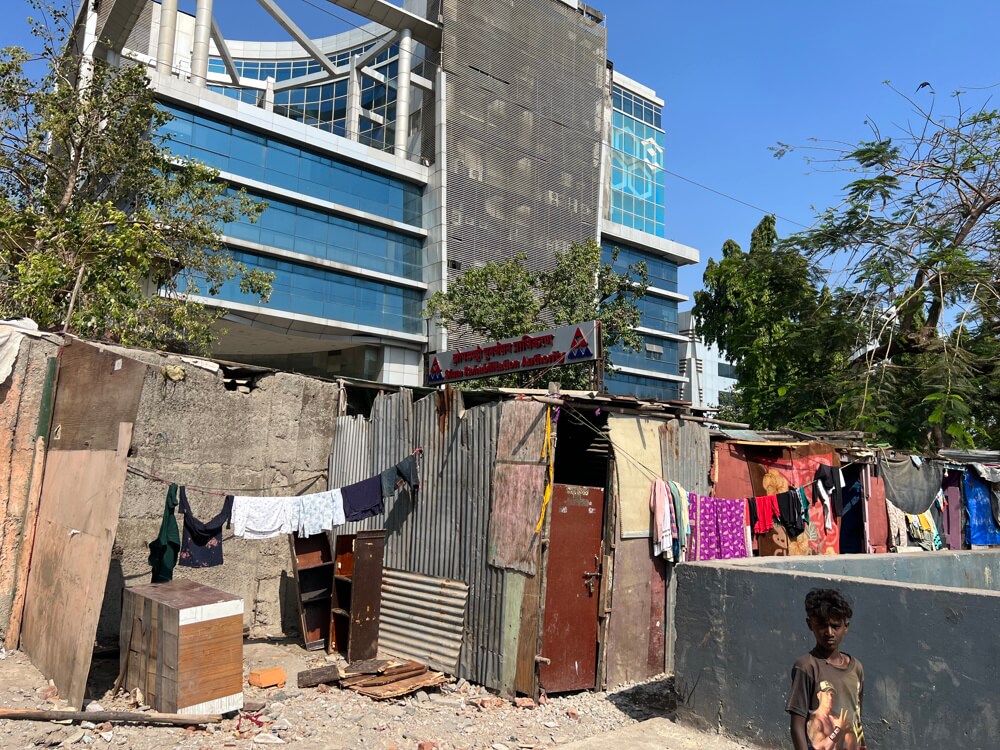
Photo: Maitreyee Rele
Jacobs talked about housing density and gentrification in Manhattan, and how this contributed to the deterioration of mental and physical health of people. Mumbai shows a parallel gentrification. Several studies on rehabilitation settlements of the working class and slums have shown how the deplorable living environment have led to physical and mental ailment in residents, including tuberculosis. Women have little privacy, children play next to garbage heaps. Jacobs was concerned about the minutiae of life as it existed and unfolded in cities.
The ‘unurban’
Jacobs talked about how people were being distanced from each other and from their environment, left feeling helpless. Again, this reflects in our experiences. I use the term ‘the ecology of segregation’ to express this. What we, in cities around the world, do to push for social and environmental justice echoes what Jacobs talked about so many decades ago. She did her ‘urban studies’ on the streets, as I said, and evocatively articulated how big projects were leading to worsening conditions for most people including “…whole communities are torn apart and sown to the winds”.
She used a term which resonates in the present Indian context – ‘unurban’. In her landmark book, she called city making as ‘the new unurban urbanisation’. This resonates with the argument some of us make that Indian cities are no longer the liberating aspirational places they were imagined to be, offering people opportunities and spaces unavailable in villages. Urban life for migrants and poor, is a wretched one with extremely poor living conditions which they unfortunately internalise. This is then romanticised by scholars and governments as the ‘enterprise of the poor’ and dismissed by the middle classes as hopeless.
However, these conditions, forced upon the urban poor, are rarely understood or comprehensively addressed. In Jacobs’ words, “There is nothing economically or socially inevitable about either the decay of old cities or the fresh-minted decadence of the new unurban urbanisation.”
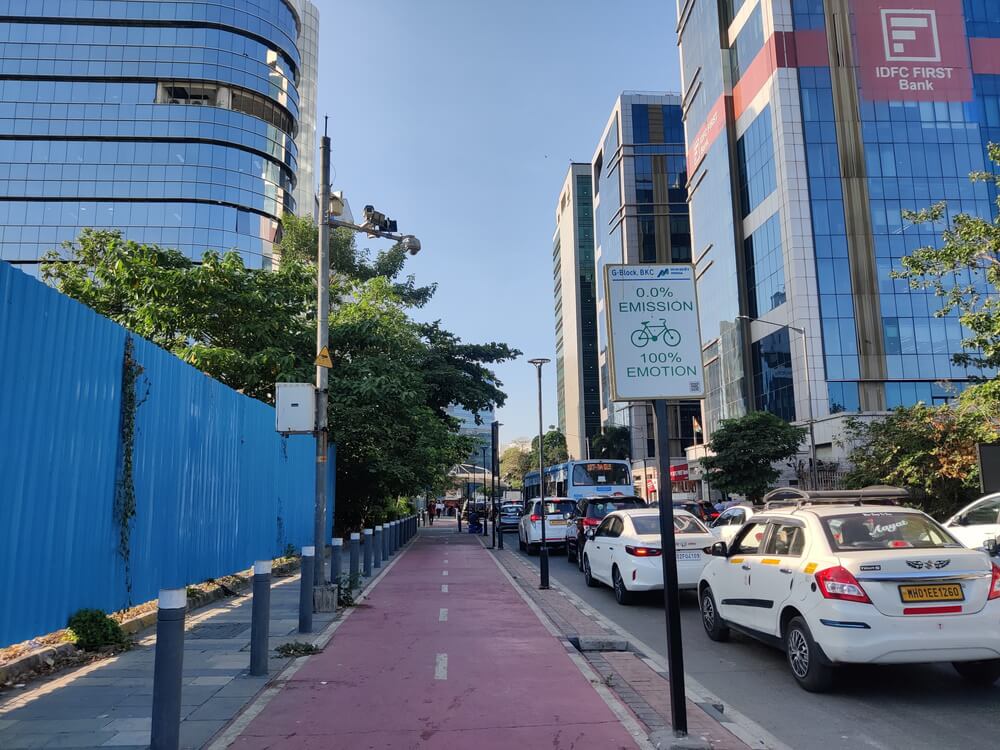
Photo: Jashvitha Dhagey
Planners versus ‘mothers’
It is instructive to read Jacobs from another perspective: How she took on qualified mainstream planners and architects who pursued ideas of governments or practised the ‘ecology of segregation’ to build exclusive cities with barricaded landscapes. She resisted the imposed order of a ‘planned’ city; she wanted people’s joy and spontaneity to suffuse places. In a scathing indictment, she wrote how planning evolved and planners contributed to the mess in New York in the 1960s, observing that “…planners, architects of city design, and those they have led along with them in their beliefs are not consciously disdainful of the importance of knowing how things work…Such planners don’t bother about how things work.”
Jacobs did not shy away from naming the men. She started with Ebenezer Howard and his concept of the ‘Garden City’, which meant moving people outside to the periphery around created large gardens to address people’s misery. This, according to Jacobs, hardly provided social and environmental justice. “City planners and designers with no interest in the Garden City, as such, are still thoroughly governed intellectually by its underlying principles. Howard set spinning powerful and city-destroying ideas,” she wrote.
Then, she counted the ‘decentrists’ including stalwarts like Sir Patrick Geddes whose influence on American city planning converged from town and regional planners at one end and from architects on the other, which she believed would lead to further gentrification of cities. As she puts it, “Sir Patrick Geddes, a Scot biologist and philosopher, saw the Garden City idea not as a fortuitous way to absorb population growth otherwise destined for a great city.” Jacobs had critical words about Lewis Mumford, a disciple of Geddes and a planner in his own right, also Clarence Stein, Henry Wright, and Catherine Bauer, all of whom were ‘decentrists’.
She also took on Le Corbusier, who had a major influence on India and a legion of followers among planners and architects here including Charles Correa, Balakrishna Doshi and others, some of whom later evolved concepts more relevant to India. Le Corbusier offered ideas such as the ‘Radiant City’ and locating a central structure with self-sufficient sectors around it. Though different from the ‘Garden City’ concept, it also unconsciously proposed gentrification. In Jacobs’ view, Le Corbusier, “assumed the statistical reordering of a system of disorganised complexity, solvable mathematically; his towers in the parks were a celebration, in art, of the potency of statistics and the triumph of the mathematical average.”
Jacobs, without a formal education in architecture or perhaps because of that, had the perspective to compare the ideas of some of the leading planners of her time – from people’s perspective, from their everyday life.

Photo: PK Das and Associates
Know your city
A significant aspect of Jacobs’ work, which resonates with me, is her emphasis on knowing our cities, our neighbourhoods. It means mapping our cities – a project that Question of Cities is embarking upon – to make the invisible visible, to see the unseen, to know and learn from the city so that we can plan better.
This process involves people’s participation. Open mapping and data are political means to include participation of all the people who are otherwise kept out of the planning process, redefine land use, influence government policy, and conduct wider public dialogues on the future of cities. The process of open mapping challenges the exclusion and invisibilisation of people, and is critical to the making of equitable, nature-led and sustainable cities.
Jane Jacobs said this in different words: “The point is we need desperately to learn and to apply as much knowledge that is true and useful about cities as fast as possible.” For her, it was important to know one’s city. She was, in many ways, a barefoot planner. Her words and ways are significant to city making but inconvenient to the powers that be, so the easy way to disregard her ideas is to dismiss her as an “unqualified planner.” Such Brahminical instincts surface often in discussions because planners do not want to address her core question – for whom, where, and how we build places.
Jane Jacobs’ work is most relevant to us in India, we must read her more and remember her ideas often. This calls for a major change in our mindsets, away from the conventional mainstream comfort zone of planning, it also calls for challenging authority. Have we had an Indian ‘Jane Jacobs’? Let’s not forget that times have changed, governments as well as large corporations have become more sophisticated, and neoliberalism has created complex conditions for someone like that to emerge. But a few planners and architects are thinking differently from the mainstream or government frameworks, echoing the thoughts and words of Jane Jacobs in the Indian context. Her ideas live on.
PK Das is an urban planner, architect and activist with more than four decades of experience. He has been working to establish a close relationship between his discipline, urban ecology and people through a participatory planning process. He has received numerous awards including international ones for his work in revitalising open spaces in Mumbai, rehabilitating slums and initiating participatory planning process.
Cover Photo: Dhobi Ghat in Mumbai. Credit: Jashvitha Dhagey

